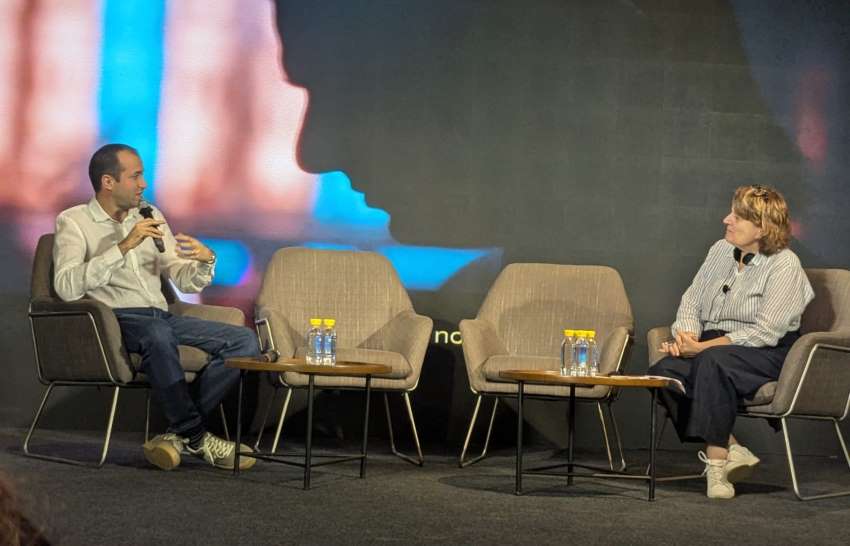
Global shipments of textile machinery saw mixed results in 2023, according to the 46th annual International Textile Machinery Shipment Statistics (ITMSS) report by the International Textile Manufacturers Federation (ITMF). While some segments experienced growth, others faced significant declines. The report, which includes data from over 200 textile machinery manufacturers worldwide, highlights key trends across spinning, draw-texturing, weaving, knitting, and finishing machinery.
Spinning machinery: Mixed regional performance
The spinning machinery segment saw varying performances in 2023. Global shipments of short-staple spindles increased by 155,000 units, reaching a total of 9.78 million. The majority of these shipments (85 per cent) were destined for Asia & Oceania, where deliveries remained stable compared to 2022. However, shipments to Europe (including Turkiye) and North and Central America dropped by 13 per cent and 27 per cent, respectively. In contrast, Africa and South America saw substantial growth, with shipments to Africa rising by 120 per cent and to South America by 140 per cent. Egypt emerged as the largest recipient in Africa, accounting for 85 per cent of the region’s deliveries.
In the open-end rotor category, shipments declined by 17 per cent, totaling 1 million units. Asia & Oceania continued to dominate, receiving 85 per cent of global shipments, although deliveries in the region dropped by 19 per cent. China, India, and Turkiye remained the top investors, despite facing declines. Notably, Brazil and Mexico bucked the trend with increases of 20 per cent and 46 per cent, respectively.
Long-staple (wool) spindle shipments increased by 5 per cent, driven by higher deliveries to Europe and South America. China, Turkiye, and Iran were the primary recipients, with China alone receiving 31 per cent of the total shipments.
Texturing machinery: Declines across the board
The draw-texturing machinery segment experienced a sharp downturn in 2023. Global shipments of single heater draw-texturing spindles, used mainly for polyamide filaments, plummeted by 33 per cent to 43,000 units. Asia & Oceania continued to dominate this market, receiving 97 per cent of shipments, with China being the largest investor.
Similarly, shipments of double heater draw-texturing spindles, primarily used for polyester filaments, fell by 27 per cent to 550,000 units. Asia maintained its lead with a 97 per cent share of global shipments, with China accounting for 91 per cent.
Weaving machinery: A significant surge
The weaving machinery segment recorded significant growth, particularly in the shuttle-less loom category. Global shipments surged by 52to 171,000 units. The increase was driven by strong demand for air-jet and water-jet looms, which saw growth of 34 per cent and 96 per cent, respectively. Asia & Oceania remained the top destination, receiving 96 per cent of all shuttle-less looms. China was the largest investor in air-jet and water-jet looms, while India led in rapier-and-projectile looms.
Knitting machinery: Stronggrowth in circular and flat knitting
The knitting machinery segment also witnessed robust growth in 2023. Global shipments of large circular knitting machines rose by 17 per cent to 33,000 units. Asia & Oceania, and particularly China, dominated the market, with China alone accounting for 63 per cent of all deliveries—a remarkable 86 per cent increase from 2022. India and Turkiye followed as the second and third-largest markets.
The flat knitting machinery category saw an even more significant rise, with shipments increasing by 61 per cent to 177,000 machines. Again, Asia & Oceania was the leading region, receiving 92 per cent of global shipments, with China maintaining its position as the top investor.
Finishing machinery: Stability with mixed results
In the finishing segment, the overall number of deliveries remained stable. The "fabrics continuous" category saw a 3 per cent increase in stenters shipments, while other machines in this category reported mixed results, ranging from a 42 per cent decrease for relax dryers/tumblers to a 103 per cent increase for bleaching lines. In the "fabrics discontinuous" segment, shipments of jigger/beam dyeing and air jet dyeing machines declined by 8 per cent and 0.3 per cent, respectively, while overflow dyeing machines saw a 4.2 per cent increase in deliveries.
The ITMSS report for 2023 paints a varied picture of the global textile machinery industry, with strong growth in some areas, particularly weaving and knitting, while other segments such as draw-texturing and open-end rotors face significant challenges. Asia and Oceania continue to dominate as the leading destination for textile machinery, particularly China, which remains a critical market across multiple categories.












